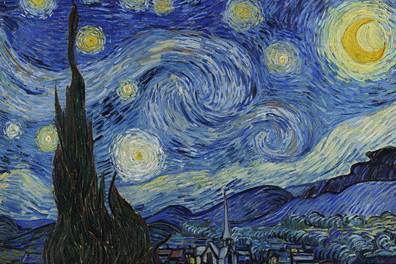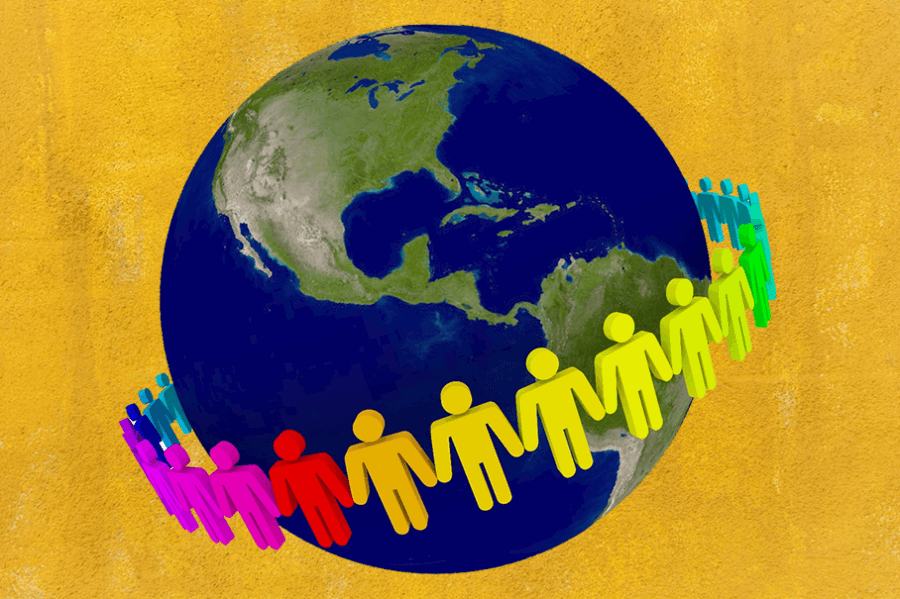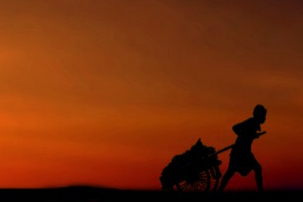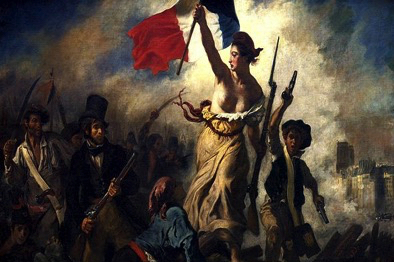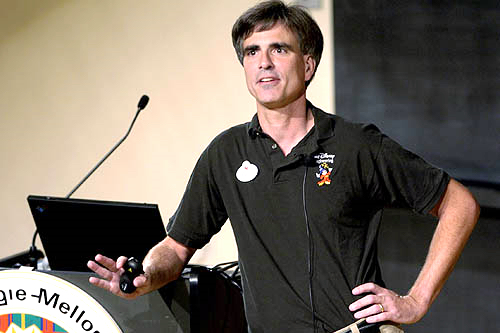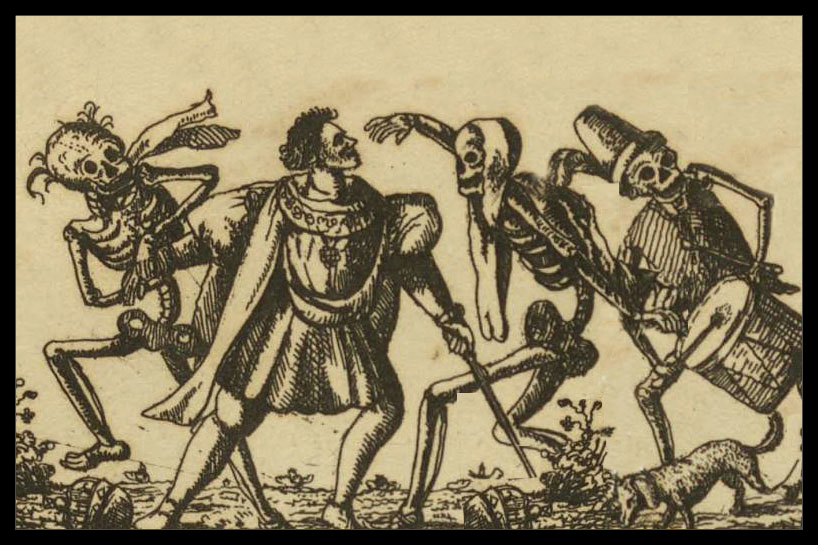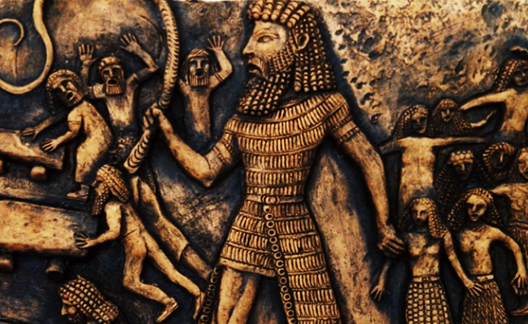An Edited Tolstoy
In a previous essay, The Flying Dutchman, I discussed the storyline, which changes over time. This is a sequel and a couple of redactions of Leo Tolstoy’s short story, How Much Land Does a Man Need? He wrote that short story in 1886, and I read it several decades ago when I was much younger than I am now. Time has modified my mindset.
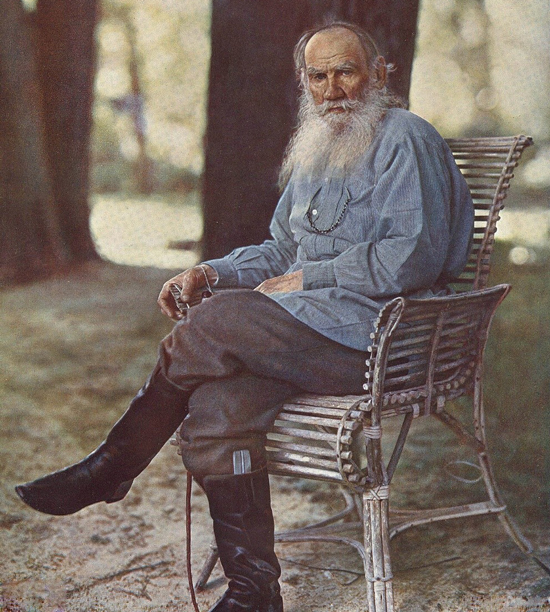
Tolstoy’s How Much Land Does a Man Need? contains an O. Henry-esque twist at the end. This is the story. The protagonist was a Russian peasant named Pahóm. He wanted more than what an average Russian serf had. Therefore, Pahóm went on his journey to find riches. His journey was successful in acquiring more land. However, the more land the Russian serf got, the more he wanted. Again, Pahóm went on his quest to find even more land. He discovered a gorgeous area of the Russian Steppes. The Bashkirs, who lived there, were willing to give him land.
Pahóm got up before the sun rose and readied himself to begin his journey of land acquisition. The Bashkirs told him to dig up a small mound of dirt each time he changed directions. Those markers would indicate the area of his property.
Off he went, Pahóm amassed a more significant amount of land than he already had. He was overjoyed until he realized the sun would set in a couple of hours.
Determined to return to the Bashkirs before sunset, Pahóm ran near where he had started. He reached the group just before the sun vanished in the sky. He had completed his task successfully.
This Tolstoy ended his short story with the answer to the haunting question of how much land a man needs. “The Bashkírs clicked their tongues to show their pity. His servant picked up the spade and dug a grave long enough for Pahóm to lie in, and buried him in it. Six feet from his head to his heels was all he needed.”

In my article about The Flying Dutchman, I mentioned that much has been added to that story over the centuries. From my Weltanschauung, I would tweak some of Tolstoy’s ideas and insights in his short story.
Tolstoy came from an aristocratic family, and over time, he rejected the issue of wealth. He had been raised in the Russian Orthodox Church until he questioned its authenticity. It wasn’t long before he rejected all Christian churches. The Russian Orthodox Church excommunicated him.
Tolstoy was also a pacifist and was into nonviolent resistance. He read American Quaker writers like George Fox and William Penn. In turn, Tolstoy influenced Mahatma Gandhi and Martin Luther King Jr.
At one level, Tolstoy was driven to believe in something that had meaning rather than the façade of religious pomp and circumstance. Religions tend to bore me also. If I could sit down with Tolstoy and discuss theology and philosophy, I would ask him about my mantra: It is in giving that we get.
I believe that what we should be doing in life isn’t individual work to improve our mindset but to help each other. Interestingly, by reaching out to others, we get much in return. That might sound like an oxymoron, but it isn’t.
I genuinely believe that we should assist each other by helping them acquire more land. Land is merely a metaphor for all sorts of needs that we might have. We need to help each other in America. The wealthiest few percent of Americans possess most of the net worth of all Americans. Additionally, even the poorest Americans have more than two-thirds of the world\'s population. Most of the world lacks food, clothing, shelter, medicine, and other necessities. If you want a lot of land, begin by sharing with others.
This video is Leo Tolstoy’s short story, How Much Land Does a Man Need.
This video was from a TV program in the early 50s that explains Tolstoy’s short story.







